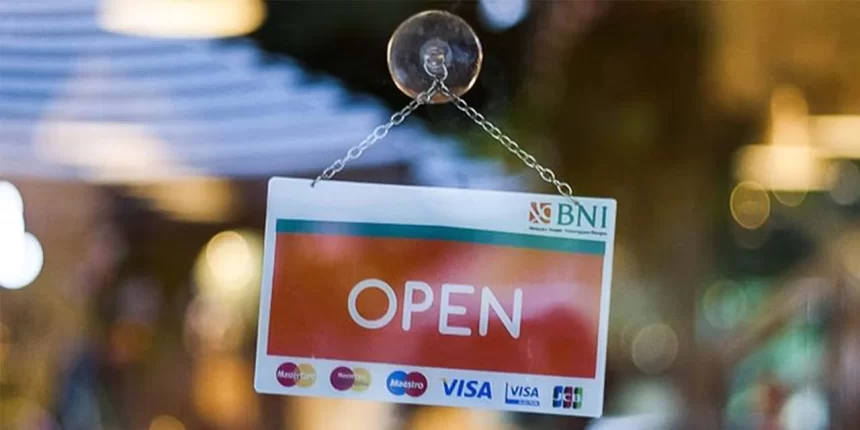The abrupt shutdown of brick and mortar, and customer demand volatility, has left the retail industry struggling to find out how best to move the business forward. In a recent survey of enterprise retail marketers on what they expect to be the biggest post-pandemic challenge: 54% were most concerned with the in-store loss of revenue, followed by inventory management (15%) and staffing/reopening of their stores (15%). There were also questions about new customer acquisitions and online customer retention.
Although there is no crystal ball to see how the industry will be wholly affected in the immediate or distant future, specific tactics can now be utilized by retailers to effectively shift their marketing to e-commerce-only, keep consumer interactions as simple as possible, and improve engagement and loyalty long after all this settles down.
Make Visitor Resolution & Identification a Priority
A number of retailers see an increase in web sessions as regular in-store shoppers, and both new and returning visitors are moving online. It’s essential to be able to recognize as many customers as possible during this timeframe to help recover any missed in-store sales. This means finding those who have not yet signed in or built an account, as well as those who have clicked on an email and have not entered their email address anywhere else on your site.
Having a solution in place that can reliably recognize each user, including those who are anonymous, and resolve their actions into a single customer profile is key to ensuring that you can communicate with each customer in the right way and configure them accordingly. This will also help retailers to understand better how their conduct changes and can change as the crisis continues.
Using Offline Information to Continue Previous Engage in Store Shoppers
As noted above, most retail marketers are most worried about the impact that COVID-19 has on in-store sales. If retailers haven’t already, make sure to use your in-store customer data in your online marketing strategies to interact directly with those impacted by shop closings. Introduce these customers to the ease of the online experience and rewards of loyalty and inform them about the awards of digitally connecting with you.
By integrating offline with the rest of the cross-channel data, retailers can then cross-sell and suggest products that are close to or complement their in-store purchases to the traditional brick and mortar customers through the website, email, app, or even mobile push. At this time, retailers should also reach in-store shoppers by reminding these consumers that they can conveniently repurchase or refill online the consumable goods and perennial preferences they have previously purchased in person.
Combat Inventory Issues with Triggered Product Alerts
A lot of retailers are currently facing inventory problems of all kinds – from surplus items to inadequate. Whether retailers are trying to keep up with product demand, move seasonal goods, and keep high-margin products at the top of your mind, activated notifications are a quick but highly efficient way to remind consumers of the products that they care about most in real-time.
Product alerts combine real-time demand catalog changes and automate price drop, low inventory, and back in stock messages to those who have engaged with particular items – based on their behavior viewed, carted, bought, or wish list. Such communications will feature the previously employed product for convenience to be most successful in driving conversion, as well as suggestions similar to the item or related to the actions of other consumers who purchased that item.
Personalize Blast Sends for Conversions & Drive Unsubscribes
Most stores switch to flooding their customers with repetitive ads and deep discounts (comparable to Cyber Monday) to boost sales out of fear of confusion. Yet that just adds to the background noise in the inbox of your clients, which may lead to strong unsubscriptions. Personalization is essential right now, even for the sending of your mass.
Target deep discounts and promotions to those most likely to buy based on past interest to keep inboxes uncluttered, and integrate personalized modules in-email to keep blasts highly relevant to the current operation of a customer. Modules and content blocks allow you to customize by loyalty status and provide exclusive deals and highlight other inventories, best sellers by category, browsed products, and product reviews directly in the email without any extra creative or development time.










